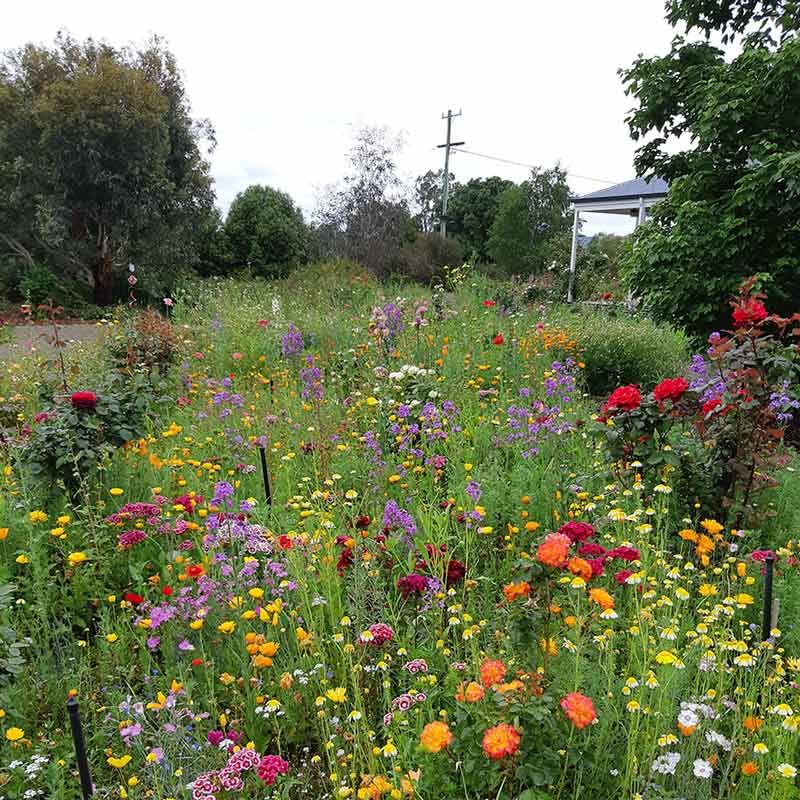Photograph the Spring Wildflower Explosion: Capture the spring wildflowers
Spring is a magical time of year, especially for nature enthusiasts and photographers, as it heralds the explosion of vibrant wildflowers. To capture the essence of this colorful transformation, utilizing effective photography techniques can enhance your results. In this article, we will explore the best practices for photographing spring wildflowers, covering everything from suitable gear to techniques that will elevate your images. Whether you are a seasoned photographer or a budding hobbyist, the tips provided will help you maximize the beauty of these fleeting blooms.

Choosing the Right Gear for Wildflower Photography
The equipment you use can significantly impact the quality of your wildflower photographs. A good DSLR or mirrorless camera with a macro lens is ideal for capturing intricate details. Alternatively, a good point-and-shoot camera can also do the trick if you are seeking convenience. Don’t forget a sturdy tripod, as it can help stabilize your camera and improve focus, especially in low-light conditions or when shooting at slower shutter speeds.
Also, consider using circular polarizers to reduce glare and saturate colors, which can make the wildflowers pop in your images. Bring along an extra battery and memory card, since spring often calls for extended hours of exploration and discovery in the field. Finally, ensure that your cleaning kit is on hand to wipe away dust and pollen, which can be more prevalent during this season.

Finding the Perfect Location
To ensure a successful photographic outing, locating the best spots is key. Research local botanical gardens, nature reserves, or hiking trails renowned for their wildflower displays in spring. Many regions have designated wildflower trails, and some even host annual wildflower festivals that provide excellent opportunities for photography.
When scouting locations, pay attention to the flower blooming times as they can vary based on the climate and elevation. Utilize online resources, such as local flora Facebook groups or websites dedicated to wildflower sightings, to pinpoint the best areas. Don’t be afraid to explore off the beaten path—sometimes the most breathtaking blooms are hidden in less frequented spots.

Composition Techniques for Stunning Wildflower Images
Composition is a crucial element in all photography, and wildflower capture is no exception. Begin by employing the rule of thirds to create a balanced image; placing focal flowers along these gridlines can lead to a more visually appealing composition. Additionally, consider using leading lines to draw the viewer’s eye into the photograph. These can be rivers, paths, or even the arrangement of flowers themselves.
Experiment with different angles and perspectives. Shooting from a lower angle can provide a unique viewpoint and allow you to include a stunning sky in the background. You may also want to explore shallow depth of field to isolate the flowers from their surroundings, creating a dreamy atmosphere. Lastly, try capturing the flowers in context, including their environment to tell a more comprehensive story of the ecosystem.

Timing for the Best Light
Light can make or break your photography. The golden hour—shortly after sunrise and before sunset—offers warm, soft light that can make wildflowers look ethereal. During this time, colors become richer, shadows softer, and details more pronounced. Midday light, while brighter, can create harsh shadows and overexposed highlights, particularly in brightly colored flowers.
If you find yourself shooting during harsh daylight, consider using reflectors or diffusers to soften the light and fill shadows. Another approach is to photograph on overcast days, which provides even lighting perfect for revealing the details in flower petals without harsh contrasts. Always remember the interplay of light and shade, as utilizing both elements can add dimension to your final images.
Tips for Editing Your Wildflower Photos
After capturing your wildflower images, post-processing can take your work to the next level. Using software such as Adobe Lightroom or Photoshop allows for fine-tuning of exposure, contrast, and color saturation. Begin by adjusting the exposure to ensure that the flowers appear vibrant without losing details in the highlights. Don’t hesitate to enhance colors subtly; increasing vibrance (without overdoing saturation) can emphasize the beauty of the wildflowers.
Another editing tip is to crop your image according to the rule of thirds or other compositions. Resizing can trim out distracting elements that may distract from the central subject of the flowers. Lastly, be sure to sharpen your images to enhance details, particularly for macro shots that showcase the delicate aspects of wildflowers.
Conclusion
Photographing spring wildflowers is an exhilarating experience that combines the joy of nature with the art of photography. By choosing the right gear, finding stunning locations, employing effective composition techniques, capitalizing on the best light, and refining your images during editing, you can create captivating wildflower photographs. As this vibrant season unfolds, take the time to enjoy the beauty around you and let your creativity flourish through the lens. Happy shooting!
FAQs
1. What is the best time to photograph wildflowers?
The best time to photograph wildflowers is during the golden hour, shortly after sunrise or before sunset, when the light is soft and warm.
2. Do I need a professional camera to take good wildflower photos?
While a DSLR or mirrorless camera with a macro lens is ideal, high-quality photos can also be achieved with a good point-and-shoot camera.
3. How can I enhance colors in my wildflower photos during editing?
Utilizing software like Adobe Lightroom, you can increase vibrance while maintaining natural colors. Be careful not to over-saturate, as this can lead to unnatural results.
4. What are some common mistakes to avoid in wildflower photography?
Common mistakes include shooting in harsh midday light, neglecting composition techniques, and failing to check for unwanted distractions in your frame.
5. How can I find local wildflower viewing spots?
Research local botanical gardens, nature reserves, and wildflower trails, as well as online communities dedicated to exploring wildflower sightings in your area.
